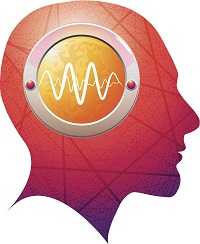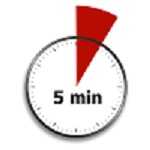Types of Seizures
 Epilepsy is a disorder of the brain. People are diagnosed with epilepsy when they have had two or more seizures.
Epilepsy is a disorder of the brain. People are diagnosed with epilepsy when they have had two or more seizures.
There are many types of seizures. A person with epilepsy can have more than one type of seizure.
The signs of a seizure depend on the type of seizure.
Sometimes it is hard to tell when a person is having a seizure. A person having a seizure may seem confused or look like they are staring at something that isn’t there. Other seizures can cause a person to fall, shake, and become unaware of what’s going on around them.
Seizures are classified into two groups.
- Generalized seizures affect both sides of the brain.
- Absence seizures, sometimes called petit mal seizures, can cause rapid blinking or a few seconds of staring into space.
-
Tonic-clonic seizures, also called grand mal seizures, can make a person
- Cry out.
- Lose consciousness.
- Fall to the ground.
- Have muscle jerks or spasms.
The person may feel tired after a tonic-clonic seizure.
- Focal seizures are located in just one area of the brain. These seizures are also called partial seizures.
- Simple focal seizures affect a small part of the brain. These seizures can cause twitching or a change in sensation, such as a strange taste or smell.
- Complex focal seizures can make a person with epilepsy confused or dazed. The person will be unable to respond to questions or direction for up to a few minutes.
- Secondary generalized seizures begin in one part of the brain, but then spread to both sides of the brain. In other words, the person first has a focal seizure, followed by a generalized seizure.
Seizures may last as long as a few minutes.
Have you heard these words?
These words are used to describe generalized seizures:
- Tonic. Muscles in the body become stiff.
- Atonic. Muscles in the body relax.
- Myoclonic. Short jerking in parts of the body.
- Clonic. Periods of shaking or jerking parts on the body.

Did you know?
Not all seizures are emergencies. Keep track of how long the seizure lasts. Call 911 if a seizure lasts more than 5 minutes or if the person gets injured during the seizure.
-
- Learn first aid to help a person having a seizure.
- Page last reviewed: April 10, 2017
- Page last updated: April 10, 2017
- Content source:


 ShareCompartir
ShareCompartir